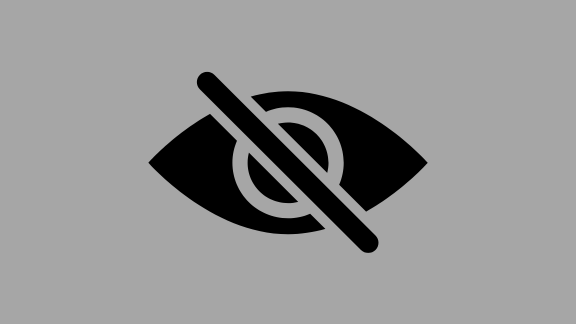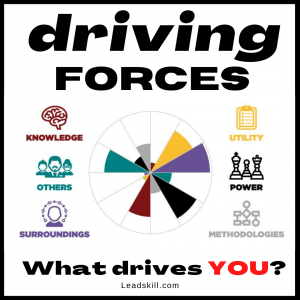I’m 55 years old and I’m still learning my blindspots. Some I can freely admit, others I don’t want to believe they’re there, and still others I have yet to learn.
But be clear: these are important areas to become aware of, because if we ignore them, we will get blindsided.
What’s a “Real” Blindspot?
It’s important to distinguish blindspots from simple areas of unawareness. There are MANY things I’m not aware of, but most of them don’t really affect me.
Blindspots are things you don’t see—and they’re not easy to see—but the result of not seeing them is we cause problems for ourselves and others and there’s a cost or consequence involved.
Maybe it’s You; I Don’t Have Blindspots
I taught both of my sons how to drive. One of the early lessons you have to learn is putting the car in motion as well as changing lanes. Anytime you start moving the car, you should check around you to make sure you don’t hit anything. Every vehicle has blindspots. If you ignore them, you’re going to have an accident sooner or later.
Here’s the problem: much of the time your blindspots aren’t hiding any unseen danger. It’s easy to overlook checking the blindspot because there’s no immediate consequence.
This can lead to a dangerous attitude that minimizes or totally ignores the blindspots. “I don’t have blindspots…maybe other people do.”
Drivers who act this way are reckless. Leaders who act this way can appear bold or fearless. It’s a game that works…until it doesn’t. No one can say if there’s danger in your blindspot the first or the hundredth time, but sooner or later you’ll get blindsided.

Learn Your Blindspots
Just like a beginning driver, you need to learn your blindspots. You might have a blindspot in your behavior, your knowledge or your feelings.
You also might have blindspots when it comes to certain people (or types of people). It’s possible we miss important actions or habits (like checking your blindspots when driving a car!). Some people don’t see systems or believe that rules apply to them, so they ignore them or are actually blind to them.
There are multiple possible blindspots. It’s crucial to learn which of your blindspots are giving you the most trouble.
Start listening to what people are telling you about your behavior and actions. Also, pay attention to where you see or feel pain. That can be a clear signal of a persistent blindspot.
The point is, blindspots aren’t so difficult to identify, but we have to care about them. Sometimes we just need to listen to the person pointing them out to us.




Pingback: 3 Surprising Benefits of the TriMetrix EQ Assessment - Leadskill